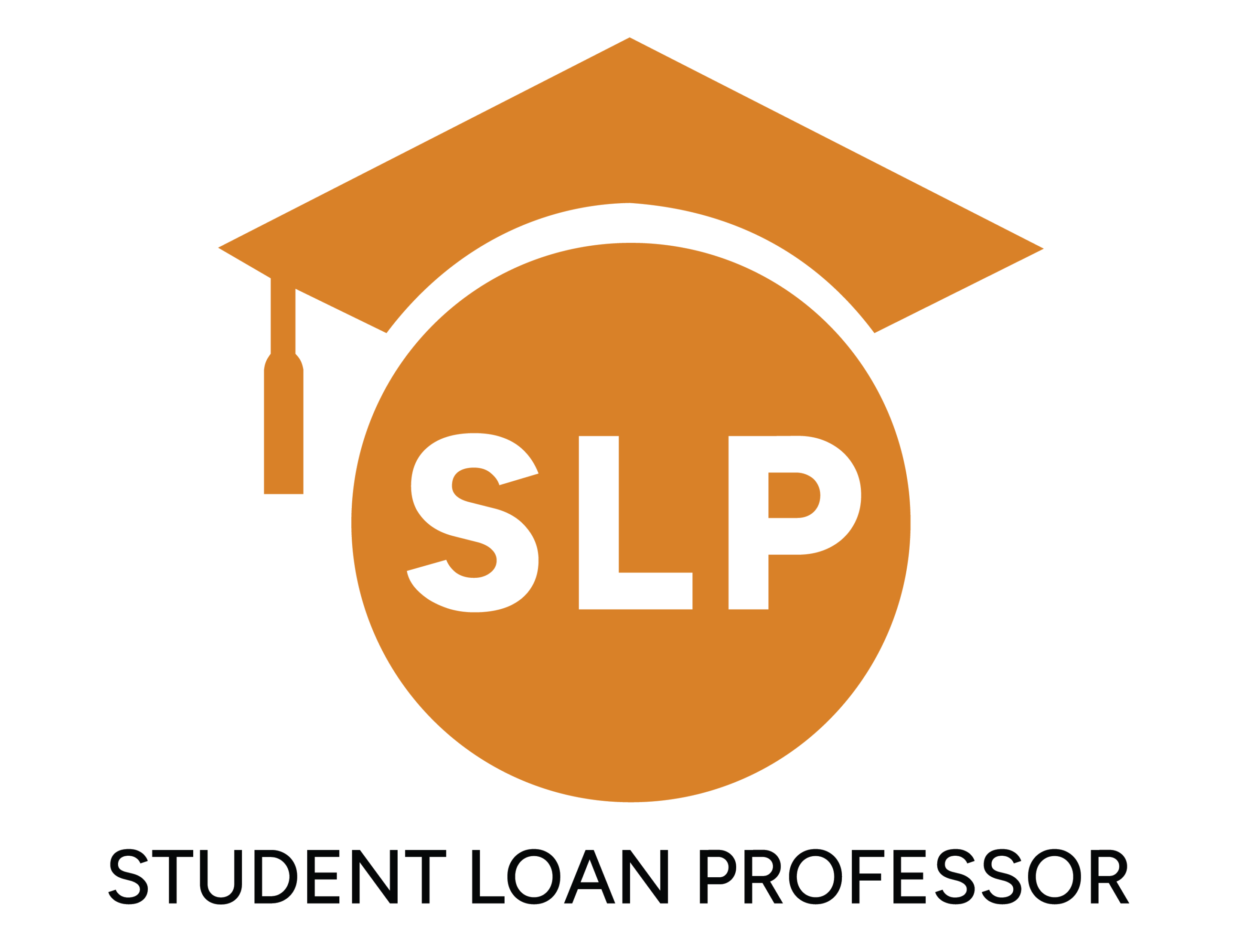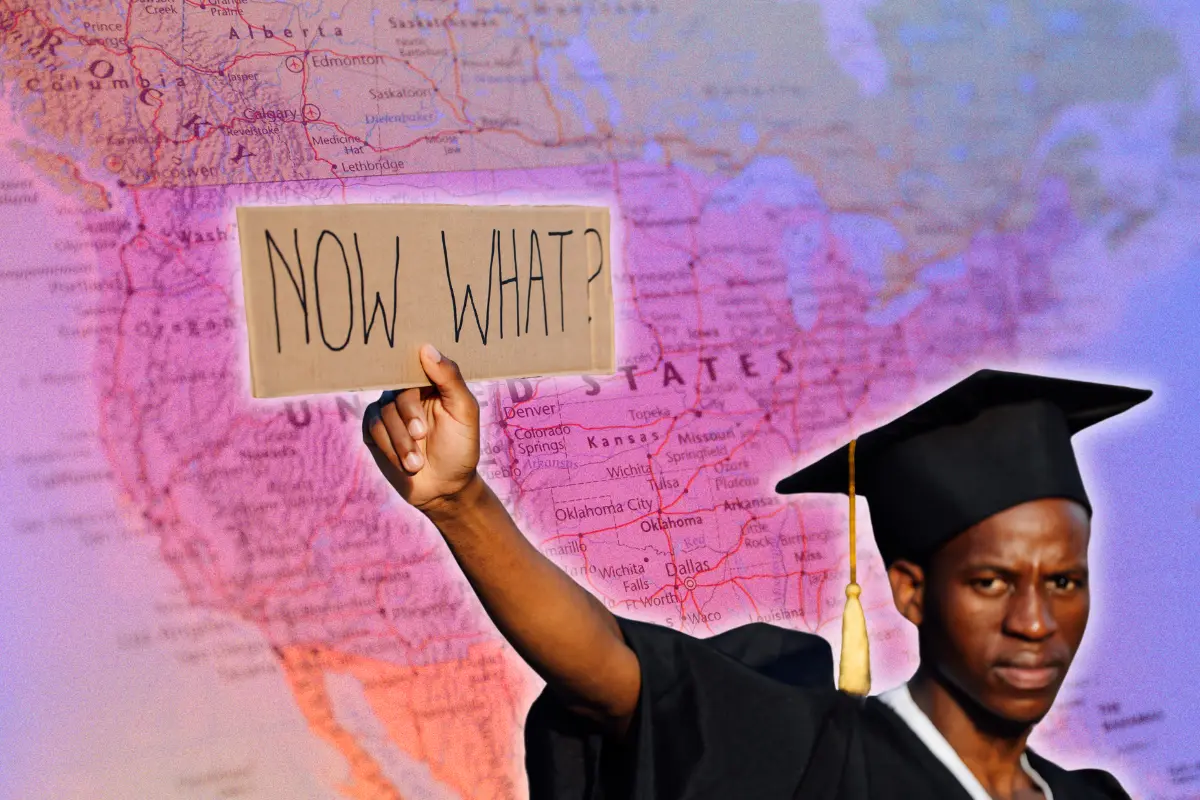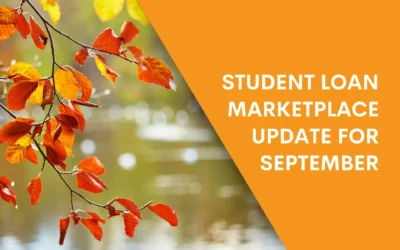Over 43 million Americans are affected by the student loan crisis, which encompasses a total debt of $1.75 trillion across both federal and private loans.
Due to rising tuition costs and stagnant wages, many borrowers find it challenging to manage their student loan payments and attain financial stability.
We will examine the origins, impact, and possible solutions to the student loan crisis.
Key Takeaways
- Student loan debt affects over 43M Americans, totaling $1.75 trillion nationally.
- Rising tuition and declining state funding have made higher education unaffordable.
- Economic and social impacts include delayed milestones, racial inequities, and mental stress.
- Proposed solutions involve federal reforms, private refinancing, and affordability measures.
The Origins of the Student Loan Crisis
Federal Student Loan Programs
One of the leading causes of the student loan crisis is federal student loans.
The modern student loan system began with the National Defense Education Act of 1958, which introduced federally backed loans to support students pursuing science and technology degrees during the Cold War.
In 1965, the Higher Education Act expanded this initiative with the Guaranteed Student Loan Program, allowing more students to access financial aid.
While these programs increased access to higher education, they also laid the foundation for today’s student loan debt crisis.
By making student loans widely available, they unintentionally encouraged institutions to raise tuition, knowing that federal student loans would help students cover the costs.
Rising Tuition Costs
Over the past four decades, tuition at public and private colleges has increased significantly, far outpacing the rate of inflation by nearly three times. For example:
- The average cost of attending a four-year college full-time, including tuition, fees, room, and board, increased from $10,231 in 1980 to $28,775 in 2020, representing a 180% increase.
- Private colleges have also raised tuition, leading students to borrow more.
The federal government’s expanded role in student lending has inadvertently enabled institutions to raise tuition, knowing students can borrow more to cover the costs.
Shift in State Funding
Declining state funding for public universities has further exacerbated the student debt crisis. State appropriations for higher education have decreased by 28% since 2001, forcing institutions to rely more heavily on tuition revenue.
This decline has made higher education less affordable, particularly for low-income and minority students. As colleges became less affordable, borrowing rates skyrocketed.
The Impact of the Student Loan Crisis
Economic Consequences
Student loan debt poses significant economic challenges, not just for borrowers but for the broader economy, such as:
- Reduced Consumer Spending: High debt-to-income (DTI) ratios prevent borrowers from making discretionary purchases, reducing overall consumption.
- Delayed Homeownership: About 29% of student loan borrowers say their debt has impacted their ability to purchase a home.
- Discouraged Entrepreneurship: High debt burdens deter individuals from starting small businesses, stunting innovation and job creation.
Each 1% rise in a borrower’s debt-to-income ratio can lead to a consumption decrease of up to 3.7%. While this may initially seem minor, such effects ripple through the economy, impacting the financial security of millions.
Social Consequences
The crisis also has profound social implications, including:
- Generational Inequality: Younger generations, particularly millennials and Gen Z, bear the brunt of the crisis. Many struggle to achieve traditional financial milestones like homeownership, marriage, and retirement savings.
- Racial Disparities: African American borrowers are disproportionately affected, with average federal student loan debt much higher than their White counterparts.
Psychological Consequences
Student debt frequently affects borrowers’ mental health, leading to stress, anxiety, and depression.
Many borrowers feel trapped by their loans, finding it difficult to pursue fulfilling careers or personal goals because of financial pressures.
Potential Solutions to the Student Loan Crisis
Federal Initiatives
In recent years, the federal government has introduced measures to alleviate the burden of student debt, such as:
- Income-Driven Repayment (IDR) Plans: These plans cap monthly payments at a percentage of a borrower’s discretionary income, making repayments more manageable.
- Public Service Loan Forgiveness (PSLF): This program forgives federal loans for borrowers working in nonprofit or government roles after 120 qualifying payments.
Systemic Reforms
Experts argue that long-term solutions require systemic changes, including:
- Capping Tuition Costs: Limiting annual tuition increases at public institutions could help control college affordability and promote student debt relief.
- Increasing Pell Grants: Expanding need-based grants would reduce reliance on loans, especially for low-income students.
- Vocational Education Programs: Encouraging enrollment in trade schools and apprenticeship programs provides an alternative to traditional college pathways.
Role of Private Lenders
Private lenders, though a smaller portion of the student loan market, also play a role in potential solutions. Refinancing options can help federal student loan borrowers reduce interest rates and consolidate multiple loans into one manageable payment.
However, borrowers should be cautious when refinancing their federal loans as they will lose access to forgiveness programs and other protections.
Broader Reforms to Tackle the Crisis
Reassessing Higher Education Policies
A long-term strategy would involve reassessing federal higher education policies. Some things policymakers should consider include:
- Stronger Regulations on Tuition Increases: Linking federal aid to tuition affordability could incentivize institutions to keep costs under control.
- Expanding Access to Community Colleges: Making two-year community colleges tuition-free could reduce reliance on loans while improving access to quality education.
Addressing Predatory Lending Practices
Loan servicers and for-profit colleges often face criticism for misleading borrowers and contributing to loan defaults. Enhanced oversight and stricter regulations could protect borrowers from predatory practices.
Encouraging Employer Partnerships
Employer-based repayment programs are another avenue for reducing student debt burdens. Companies offering student repayment benefits attract and retain talent while helping employees manage their financial obligations.
Take Charge of Your Student Loans Today
Ready to tackle the student loan crisis and gain control of your financial future?
Explore the Student Loan Professor’s expert guidance and tailored solutions to help you navigate repayment, forgiveness programs, and more.
Brandon Barfield is the President and Co-Founder of Student Loan Professor, and is nationally known as student loan expert for graduate health professions. Since 2011, Brandon has given hundreds of loan repayment presentations for schools, hospitals, and medical conferences across the country. With his diverse background in financial aid, financial planning and student loan advisory, Brandon has a broad understanding of the intricacies surrounding student loans, loan repayment strategies, and how they should be considered when graduates make other financial decisions.




